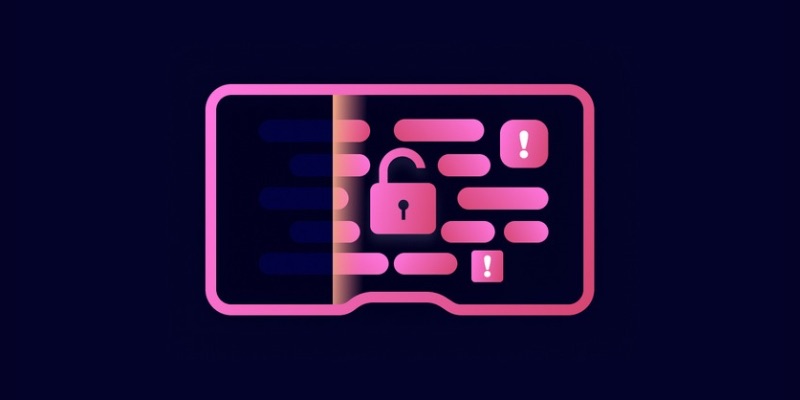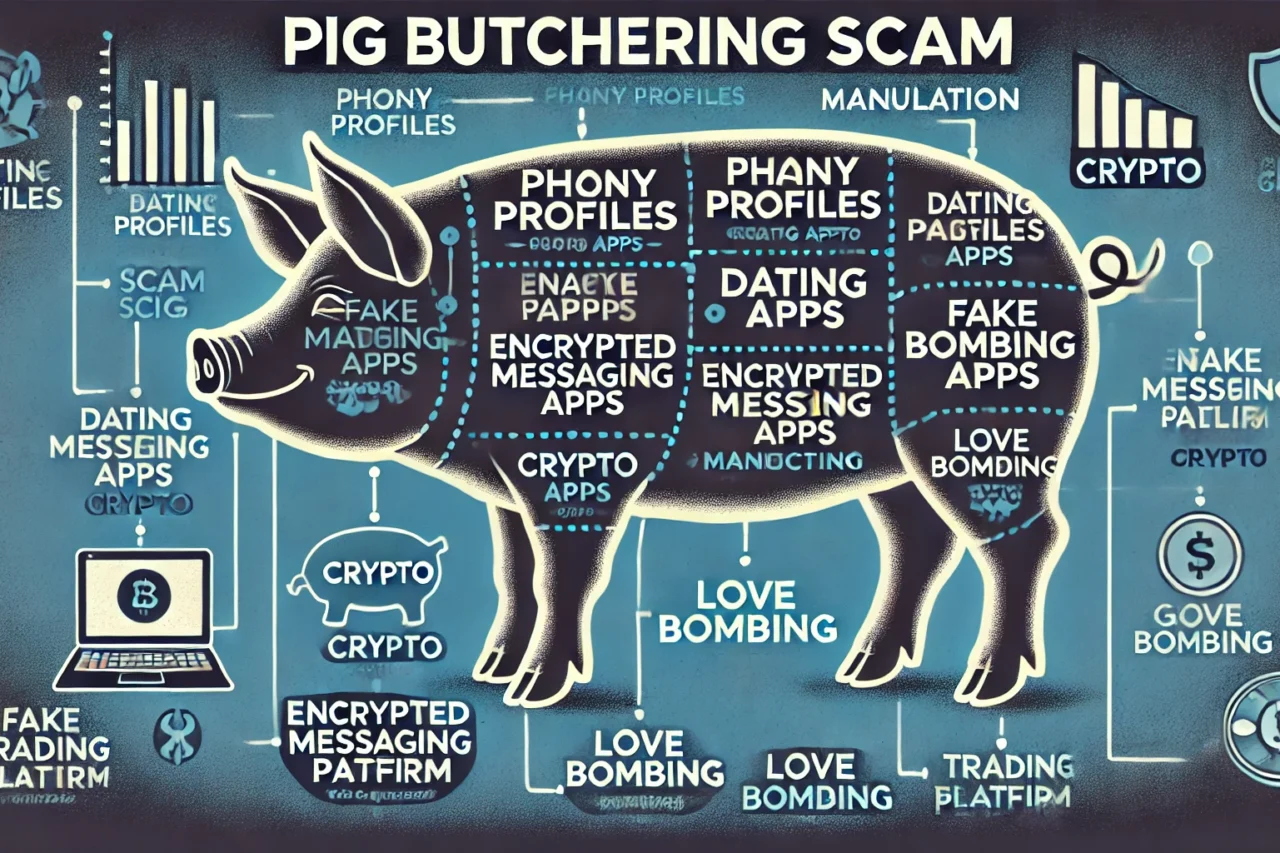What are the Different Types of Firewalls in 2024?
March 4, 2023, 7 min read
A firewall provides an important additional layer of protection by obstructing unauthorized access to internal networks. During the past four decades, firewall architectures have progressed dramatically from their initial, stateless implementations to their current, stateful iterations. Organizations can now use a combination of firewall types for a multilayered defense, including stateful inspection firewalls, circuit-level gateways, and application-level (proxy firewalls).
Become familiar with the fundamentals of firewalls by learning about the many kinds, how they work, and how they may safeguard your network.
What is a Firewall, and Why is It Necessary?
With the help of a firewall, you can restrict access to your private network to only the traffic that has been approved. Firewalls, whether hardware, software, or a combination of the two, are often the first line of protection against malicious software, viruses, and hackers trying to access an organization’s internal network and systems.
A physical firewall, sometimes known as a hardware firewall, is a type of firewall that performs a packet inspection before allowing data to pass through. Data packets are allowed or denied access based on the source and destination addresses and rules. A software firewall provides enhanced control and security against insider threats by filtering traffic once a data packet has entered your organization’s intranet.
Internet Protocol (IP) addresses that are not to be trusted can be identified and blocked via an access control list. The firewall will block data packets from those IP addresses. A second option is to use an access control list to accept traffic only from known, safe sources. Several methods exist for establishing a firewall. The level of protection they offer typically depends on the type of firewall used and its configuration.
Intrusion Prevention Systems (IPS) and Firewalls (both software and hardware)
Firewalls can be either software, hardware, or a hybrid in their underlying structure.
Firewall Software
Firewall software is deployed independently on each device. They enable finer-grained regulation, enabling unblocking certain services while letting others through. However, they can be resource intensive because they use the computer’s processing power and memory, and administrators must set them up and monitor each separately. Also, a single software firewall may not be compatible with all devices within an intranet. Therefore, it may be necessary to use multiple firewalls instead.
Intruder-Prevention Systems That Use Hardware
In contrast, hardware firewalls are standalone computers in the physical world. They allow traffic from the internet into private networks while keeping data packets and requests from untrusted sources outside the private network. A physical firewall may be the best option if your company has many connected devices. They provide little protection once the attack has already been initiated, even though they effectively prevent external threats from within the network. Hence, a software and hardware firewall hybrid is the best defense for your company’s networkirewall.
How Do Various Forms of Firewall Protection Function?
Typically, firewalls are installed inline across a network connection to monitor data as it flows through the firewall. When doing so, they must distinguish between legitimate network protocol traffic and malicious attack packets.
To filter out malicious data, firewalls compare incoming data to a set of criteria. Advances in security technology allow for the use of recognized patterns in network data that have signaled prior attacks on other organizations, even if no security product can fully predict the intent of all information.
Every firewall utilizes its own set of rules that define the conditions for forwarding a specific packet (or group of packets in a transaction) safely.
The following are the five main types of firewalls that continue to be widely used in corporate settings today.
Packet Filtering firewall
Firewalls that use packet filtering function inline at nodes where other networking devices, including routers and switches, perform their functions. These firewalls compare the received packets against a predetermined set of criteria, including the list of permitted IP addresses, packet type, port number, and other features of the packet protocol headers. When firewalls detect a malicious packet, they typically delete it without further transmission or receipt.
Advantages of Packet Filtering firewall
- The network’s traffic can be filtered by a single appliance, which is also lightning-fast and incredibly efficient in scanning said traffic.
- Reduces the load on other systems, the network, and the user experience to a minimum.
Disadvantages of Packet Filtering firewall
Packet filtering isn’t as effective as other types of firewalls because it just uses the IP address or port information to determine whether or not to allow traffic through.
It lacks a payload verification mechanism and is, therefore, readily faked.
It’s not the best choice for every network.
Establishing and maintaining access control lists can be a hassle.
While packet filtering’s security may fall short in some scenarios, it’s still a viable, cost-effective firewall choice in others. Packet filtering offers a low-cost but effective defense against common online dangers for businesses with limited resources. Larger organizations can use packet filtering as an additional layer of defense to actively monitor and block malicious data transfers across internal departments.
Circuit-Level Gateway
Circuit-level gateways monitor TCP handshakes and other network protocol session initiation messages across the network as they establish connections between local and remote hosts. They determine the legitimacy of the session, including whether the remote system is trusted, providing a relatively quick method to identify malicious content. They do not examine the packets themselves.
Benefits of a Circuit-Level Gateway
- Every other traffic is blocked, and only that specifically requested is processed.
- Uncomplicated to implement and control
- Low in price and effect on users.
- Disadvantages of gateway circuits
- No application layer monitoring Circuit-level gateways provide no protection against data leakage from devices inside the firewall unless used with additional security solutions.
- Constant revisions are necessary to maintain the relevance of rules.
Although circuit-level gateways are superior to packet-filtering firewalls, they still need to work with other security measures. For example, application-level gateways are often used with circuit-level gateways. This tactic combines content filtering with features of gateway firewalls at the packet and circuit levels.
Application Gateway
A gadget, a proxy firewall, is the network’s sole entry and exit point. Application-level gateways filter packets based on factors such as the destination port and HTTP request string.
Application-layer gateways improve data security significantly but can severely impact network performance and be challenging to administer.
Benefits of application gateway
- Checks the IP, port, and TCP header information and the content of every traffic coming from and going to devices behind the firewall.
- Allows granular control over security, such as letting a person into a website but limiting which pages they can view.
maintains users’ privacy
Disadvantages of Application-Level Gateway
It reduces network performance and is more expensive than competing firewalls.
Getting the most out of the portal takes some work.
Disappears to have compatibility issues with several network protocols
The best way to keep malicious online applications from gaining access to internal network resources is through an application-layer firewall. They’re effective at stopping data leaks from inside the firewall and stopping users from accessing malicious sites. Yet, they may cause a lag in messages sent and received.
Stateful Inspection Firewall
Intelligent hardware detects packet state for existing network sessions, enhancing security at the expense of network performance. Using the OSI model’s seven layers, the multilayer inspection firewall analyzes active transactions across multiple protocol layers.
Benefits of a Firewall with Stateful Inspection
- Checks IP addresses and payloads for additional security and keeps tabs on the connection status throughout the session. It provides extensive logging capabilities and strictly regulates the entry and exit of network traffic. It does not require opening ports to permit traffic.
Downsides of a Firewall that Performs Stateful Inspection
- Heavy on the system resources and slows down the network’s ability to transmit data
- Far more money than comparable firewall alternatives
- Provides no means of verifying the authenticity of traffic sources or determining whether or not they have been faked
Stateful inspection firewalls are helpful for almost every business. These gadgets provide a comprehensive gateway between internal assets and resources beyond the company firewall. Also, they can be instrumental in protecting network nodes from specific threats like denial of service.
Conclusion
Understanding different firewall types is crucial for network protection in an increasingly cyber-threat world. Network firewalls, application firewalls, and cloud-based firewalls serve distinct purposes to ensure a comprehensive defense against malicious attacks. Understanding the differences between these firewall types in 2024 allows you to decide which type is best for your organization.
While deciding on a firewall, it’s essential to consider the infrastructure’s design, the organization’s budget, and the data that has to be blocked. When it comes to firewalls, one company’s choice may be optimal, but another’s may not be.
The following are some factors to think about:
- What exactly are the firewall’s technical goals, anyway? Do you reed all those bells and whistles in your firewall, or would a more basic device do the job just as well?
- When considering the company’s overall design, how does the firewall function? Consider whether the firewall safeguards a web app or a low-profile service exposed to the internet.
- To what extent should we perform various forms of traffic inspection? While some use cases require full packet inspection, others may find a simple source/destination/port-based classification scheme sufficient.
Finding a fitting firewall is not always straightforward, as many implementations combine characteristics from multiple firewall types.
The first step in selecting the best firewall is understanding the architecture and operations of the protected private network. Still, many different kinds of firewalls and firewall policies exist to consider.
No matter what kind of firewall you use, remember that a poorly designed firewall can be just as dangerous as having no firewall at all.




























